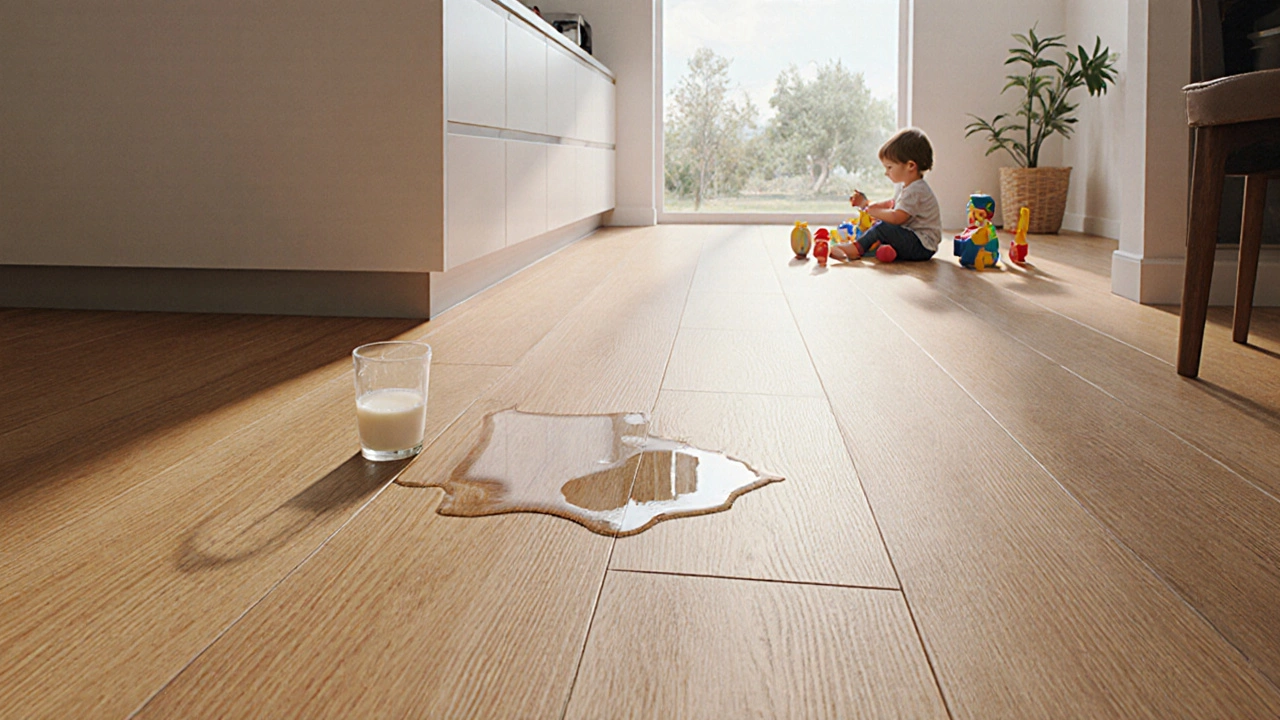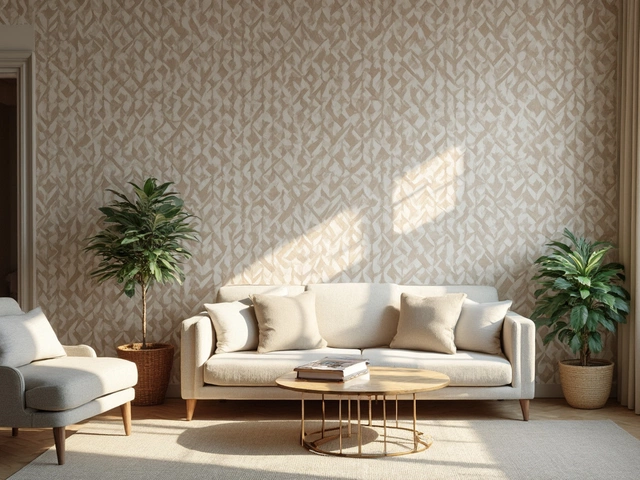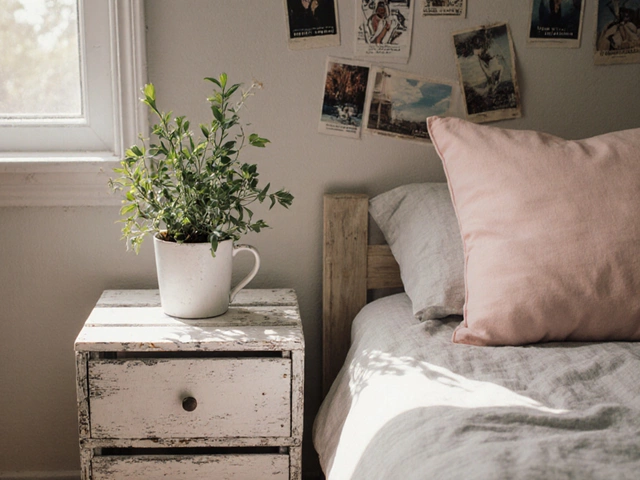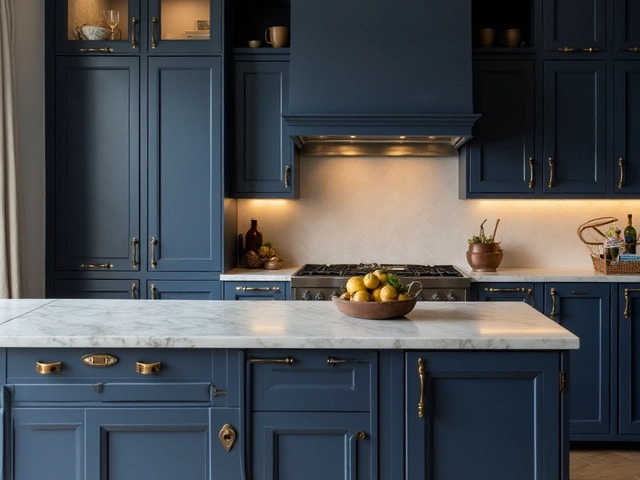Vinyl Flooring: Budget-Friendly, Durable, and Stylish Floor Options for Every Room
When you’re looking for a floor that holds up to kids, pets, and spills without breaking the bank, vinyl flooring, a synthetic floor covering made from polyvinyl chloride that mimics wood, stone, or tile. Also known as luxury vinyl plank, it’s become the go-to choice for kitchens, bathrooms, and basements because it’s tough, easy to clean, and looks way more expensive than it costs. Unlike real hardwood that warps with moisture or ceramic tile that cracks under impact, vinyl flooring flexes, resists scratches, and stays dry—even in the wettest rooms.
What makes vinyl flooring so smart isn’t just its durability—it’s how much it’s changed. Modern luxury vinyl plank, a type of vinyl flooring designed to look and feel like real wood with textured surfaces and realistic grain patterns has texture that mimics the grain of oak, the knots of walnut, even the veining of marble. You can’t tell it’s not real unless you touch it. And because it’s made in layers—wear layer, print layer, core layer, backing—it doesn’t just look good, it lasts. Some brands even come with built-in underlayment, so you don’t need to buy extra padding. That’s one less thing to worry about during installation.
It’s not just about looks. waterproof flooring, a category of flooring materials that won’t swell, warp, or degrade when exposed to water is a big deal for homes with leaky pipes, messy kids, or pets who track in rain. Vinyl flooring is 100% waterproof, unlike laminate or engineered wood, which can swell at the seams. That’s why you’ll see it in bathrooms, laundry rooms, and basements where other floors fail. It’s also quieter than tile, warmer than stone, and easier to install than real hardwood—many homeowners do it themselves over a weekend.
And here’s the kicker: it doesn’t cost a fortune. You can get high-quality vinyl planks for under $3 a square foot, and some premium styles with enhanced textures and embossing still stay under $6. Compare that to real hardwood, which can run $8–$15 a square foot, or natural stone, which can hit $20+. Vinyl gives you the same visual impact for a fraction of the price. Plus, it’s easier to replace a single plank if you scratch it, unlike hardwood that needs sanding or tile that requires grout repair.
From the kitchen where spilled soup won’t ruin the floor, to the basement where humidity used to make the carpet smell, vinyl flooring solves real problems. It’s not just a trend—it’s a practical upgrade that works whether you’re renting, renovating, or building new. The posts below show you exactly how people are using it: from making small bathrooms look luxurious on a budget, to turning old basements into cozy living spaces with planks that look like reclaimed wood. You’ll find tips on choosing the right thickness, avoiding common installation mistakes, and pairing it with the right baseboards and lighting to make it shine. No fluff. Just real results from real homes.







